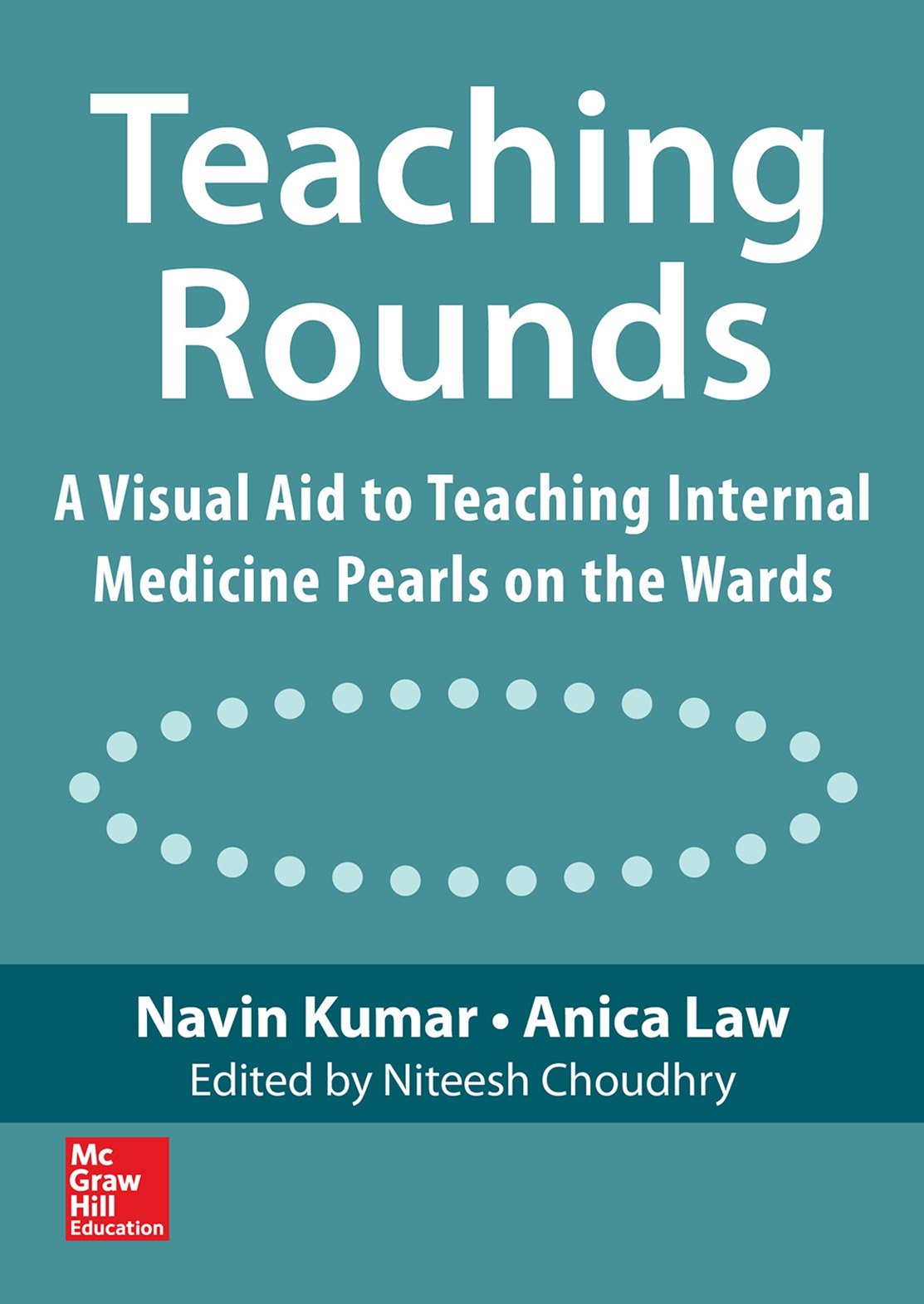
How to access e-books
 Use your ANZCA college ID (or staff username) and password to access library e-resources.
Use your ANZCA college ID (or staff username) and password to access library e-resources.
 Having trouble logging into e-resources? Try emptying your browser cache, closing and reopening your browser and trying again.
Having trouble logging into e-resources? Try emptying your browser cache, closing and reopening your browser and trying again.
 Forgotten your ANZCA password? Try resetting your password using the "Forgot Password?" link and/or messaging the "Technical support" via the college contact form
Forgotten your ANZCA password? Try resetting your password using the "Forgot Password?" link and/or messaging the "Technical support" via the college contact form
 Can't find your book online? Borrow a print copy or request a chapter via our article request service
Can't find your book online? Borrow a print copy or request a chapter via our article request service
 Experiencing difficulties, or need help accessing e-books? Contact the Library
Experiencing difficulties, or need help accessing e-books? Contact the Library
 For further information about searching and accessing e-books, see the E-books guide
For further information about searching and accessing e-books, see the E-books guide
Borrowing books
 ANZCA library provides access to a large range of print items, specialising in anaesthesia and pain medicine-related titles.
ANZCA library provides access to a large range of print items, specialising in anaesthesia and pain medicine-related titles.
 For further information about requesting books, see the Borrowing books page
For further information about requesting books, see the Borrowing books page
 Preparing Learners for Uncertainty in Health Professions: A Handbook for Educators
by
This book serves to fill a critical gap in existing healthcare education resources, by raising healthcare professional and healthcare educators’ awareness of uncertainty tolerance. This handbook explores the impact health professions education (and educators) can have on the future healthcare workforce’s ability to manage uncertainty effectively, and provides practical approaches (including exemplar curricular templates) for supporting this essential workplace-ready, transferable attribute.
Preparing Learners for Uncertainty in Health Professions: A Handbook for Educators
by
This book serves to fill a critical gap in existing healthcare education resources, by raising healthcare professional and healthcare educators’ awareness of uncertainty tolerance. This handbook explores the impact health professions education (and educators) can have on the future healthcare workforce’s ability to manage uncertainty effectively, and provides practical approaches (including exemplar curricular templates) for supporting this essential workplace-ready, transferable attribute.
 Simulation Training and Skill Assessment in Anesthesiology [StatPearls]
by
Excerpt
The anesthesia patient safety foundation (APSF) was founded in 1985 with the timeless mission to ensure that “no patient shall be harmed by anesthesia.” This mission is still widely pursued, and progress has certainly been made in the last 30 years with simulation curriculum and advancement playing a significant role in the training of anesthesiologists. In its first year of operation, the APSF awarded four grants to patient safety research, to achieve its goal of improvement in patient safety. In the 1999 report by the Institute of Medicine, To Err is Human, the APSF was recognized as an organization that has made demonstratable positive impacts on patient safety. The APSF can be credited with facilitating the growth of anesthesia simulation as a tool for education, training, research, and assessment. In 1988, the APSF took part in organizing a conference on medical simulation followed by an anesthesia simulator curriculum conference a year later in 1989. After that, a national conference on anesthesia simulation and its role in education took place in 1995.
Anesthesiology’s stake in simulation dates as far back as the 1950s when anesthesiologist Dr. Peter Safar demonstrated the ability to perform mouth-to-mouth ventilation on a chemically paralyzed human volunteer. Dr. Safar, together with Dr. Bjorn Lind and toy-maker Asmund Laerdal, went on to create the first resuscitation mannequin, Resusci Anne, in the 1960s. Its use today in BLS education is a testament to the importance of the earliest simulation research and development. Then, in the late 1960s, medical student Stephen Abrahamson and anesthesiologist Dr. J. Samuel Denson, along with engineers from Aerojet-General Corporation, developed the Sim One, a mannequin simulator controlled remotely by a computer, which has been used for educating anesthesiology residents in airway management. Gaba and colleagues developed the virtual anesthesiology training simulation system in 1986, a true high-fidelity simulator. Unlike its predecessors, this model integrated with the actual operating room (OR) monitors, allowing a systems operator working behind the scene to simulate the physiologic response to hands-on input from trainees. This simulator was used for training in intubation and handling endotracheal tube complications as well. A simulation instructor could run through various scripts with trainees. The focus on anesthesia Crisis Resource Management (CRM) began coming into its own in the 1990s, drawing inspiration from other industries such as aviation’s Crew Resource Management. The advent of high-fidelity simulators allowed for further studies evaluating their practicality in supporting the CRM curriculum.
Simulation Training and Skill Assessment in Anesthesiology [StatPearls]
by
Excerpt
The anesthesia patient safety foundation (APSF) was founded in 1985 with the timeless mission to ensure that “no patient shall be harmed by anesthesia.” This mission is still widely pursued, and progress has certainly been made in the last 30 years with simulation curriculum and advancement playing a significant role in the training of anesthesiologists. In its first year of operation, the APSF awarded four grants to patient safety research, to achieve its goal of improvement in patient safety. In the 1999 report by the Institute of Medicine, To Err is Human, the APSF was recognized as an organization that has made demonstratable positive impacts on patient safety. The APSF can be credited with facilitating the growth of anesthesia simulation as a tool for education, training, research, and assessment. In 1988, the APSF took part in organizing a conference on medical simulation followed by an anesthesia simulator curriculum conference a year later in 1989. After that, a national conference on anesthesia simulation and its role in education took place in 1995.
Anesthesiology’s stake in simulation dates as far back as the 1950s when anesthesiologist Dr. Peter Safar demonstrated the ability to perform mouth-to-mouth ventilation on a chemically paralyzed human volunteer. Dr. Safar, together with Dr. Bjorn Lind and toy-maker Asmund Laerdal, went on to create the first resuscitation mannequin, Resusci Anne, in the 1960s. Its use today in BLS education is a testament to the importance of the earliest simulation research and development. Then, in the late 1960s, medical student Stephen Abrahamson and anesthesiologist Dr. J. Samuel Denson, along with engineers from Aerojet-General Corporation, developed the Sim One, a mannequin simulator controlled remotely by a computer, which has been used for educating anesthesiology residents in airway management. Gaba and colleagues developed the virtual anesthesiology training simulation system in 1986, a true high-fidelity simulator. Unlike its predecessors, this model integrated with the actual operating room (OR) monitors, allowing a systems operator working behind the scene to simulate the physiologic response to hands-on input from trainees. This simulator was used for training in intubation and handling endotracheal tube complications as well. A simulation instructor could run through various scripts with trainees. The focus on anesthesia Crisis Resource Management (CRM) began coming into its own in the 1990s, drawing inspiration from other industries such as aviation’s Crew Resource Management. The advent of high-fidelity simulators allowed for further studies evaluating their practicality in supporting the CRM curriculum.
 Teaching Rounds: A Visual Aid to Teaching Internal Medicine Pearls on the Wards
by
A unique tool for teaching and learning the top 100 most teachable topics in internal medicine
There are many challenges for residents when training students who are making the big "jump" from preclinical to clinical. Most notably, they need to find time to pick and prepare topics to teach in meaningful ways without the availability of a blackboard in the learning hospital. Students also need to quickly be able to grasp these concepts quickly and with the ability to recall them later. This teaching manual primarily focuses on physiology/pathophysiology/exam findings with the goal of providing content to make teaching and learning on the wards easier for both attendings/senior residents and interns/medical students. It features the 100 most teachable topics (clinical pearls) in an image-based presentation and will cover all the major disciplines of internal medicine, including cardiology, gastroenterology, endocrine, and infectious disease.
Teaching Rounds: A Visual Aid to Teaching Internal Medicine Pearls on the Wards
by
A unique tool for teaching and learning the top 100 most teachable topics in internal medicine
There are many challenges for residents when training students who are making the big "jump" from preclinical to clinical. Most notably, they need to find time to pick and prepare topics to teach in meaningful ways without the availability of a blackboard in the learning hospital. Students also need to quickly be able to grasp these concepts quickly and with the ability to recall them later. This teaching manual primarily focuses on physiology/pathophysiology/exam findings with the goal of providing content to make teaching and learning on the wards easier for both attendings/senior residents and interns/medical students. It features the 100 most teachable topics (clinical pearls) in an image-based presentation and will cover all the major disciplines of internal medicine, including cardiology, gastroenterology, endocrine, and infectious disease.
 For a comprehensive list of titles, see: Medical education
For a comprehensive list of titles, see: Medical education
These two e-books have been provided by Dr Lachlan Rathie, particularly as information resources for Trainees and SOTs. To access, simply click on the linked titles (note: these are large files and may take some time to load).
About the author:
Dr Lachlan Rathie is an ANZCA fellow, SOT at Toowoomba Hospital, and a primary examiner.
 The First Year: What You Should Know After a Year of Anaesthesia Training (Revised Edition)
by
Recommended
This book is not an exam primer nor is it a comprehensive textbook of anaesthesia. This is the book you give to the trainee specialist who is about to embark on their anaesthesia training. It contains the information they need to formulate and develop a safe practice of anaesthesia. This book lucidly describes and justifies the core knowledge, behaviours and practical skills that a junior trainee would be expected to possess after a year of anaesthesia. Written specifically for Australasian specialist anaesthetic trainees and those doing the Rural Generalist Anaesthesia (RGA) training course, this book fills the gaping hole in the existing anaesthetic literature. The curriculum for the Introductory Training period and the RGA is comprehensively addressed in this book.
The First Year: What You Should Know After a Year of Anaesthesia Training (Revised Edition)
by
Recommended
This book is not an exam primer nor is it a comprehensive textbook of anaesthesia. This is the book you give to the trainee specialist who is about to embark on their anaesthesia training. It contains the information they need to formulate and develop a safe practice of anaesthesia. This book lucidly describes and justifies the core knowledge, behaviours and practical skills that a junior trainee would be expected to possess after a year of anaesthesia. Written specifically for Australasian specialist anaesthetic trainees and those doing the Rural Generalist Anaesthesia (RGA) training course, this book fills the gaping hole in the existing anaesthetic literature. The curriculum for the Introductory Training period and the RGA is comprehensively addressed in this book.
 Anaesthetic Emergencies Handbook (Queensland Edition)
by
The author describes this book as "an Australianized version of the Oxford Handbook of Anaesthetic Emergencies except it is briefer, more relevant and practicable."
Anaesthetic Emergencies Handbook (Queensland Edition)
by
The author describes this book as "an Australianized version of the Oxford Handbook of Anaesthetic Emergencies except it is briefer, more relevant and practicable."
Dr Rathie has recently released an ANZCA-specific primary exam title (available in print only).
 The ANZCA Primary Exam Companion
by
This book addresses all components of the anaesthetics primary exam with a focus on the vivas. Exam resources, exam technique, diagrams, opening viva questions, practice SAQs, a study template and 500 short format questions and answers that traverse the entire curriculum are contained within this book.
The ANZCA Primary Exam Companion
by
This book addresses all components of the anaesthetics primary exam with a focus on the vivas. Exam resources, exam technique, diagrams, opening viva questions, practice SAQs, a study template and 500 short format questions and answers that traverse the entire curriculum are contained within this book.
 The ANZCA Primary Exam Companion
by
This book addresses all components of the anaesthetics primary exam with a focus on the vivas. Exam resources, exam technique, diagrams, opening viva questions, practice SAQs, a study template and 500 short format questions and answers that traverse the entire curriculum are contained within this book.
The ANZCA Primary Exam Companion
by
This book addresses all components of the anaesthetics primary exam with a focus on the vivas. Exam resources, exam technique, diagrams, opening viva questions, practice SAQs, a study template and 500 short format questions and answers that traverse the entire curriculum are contained within this book.
Quick links
About ANZCA
Copyright © Australian and New Zealand College of Anaesthetists.